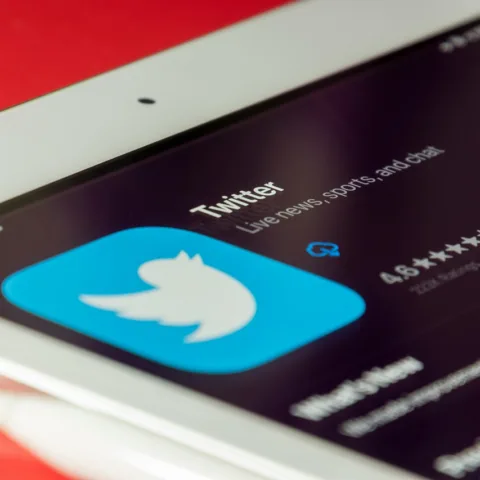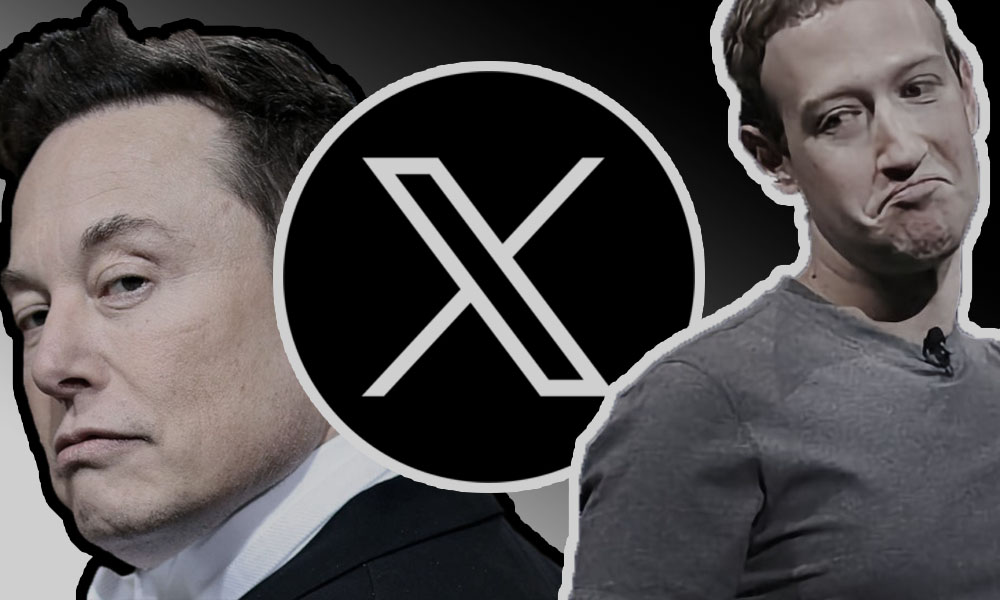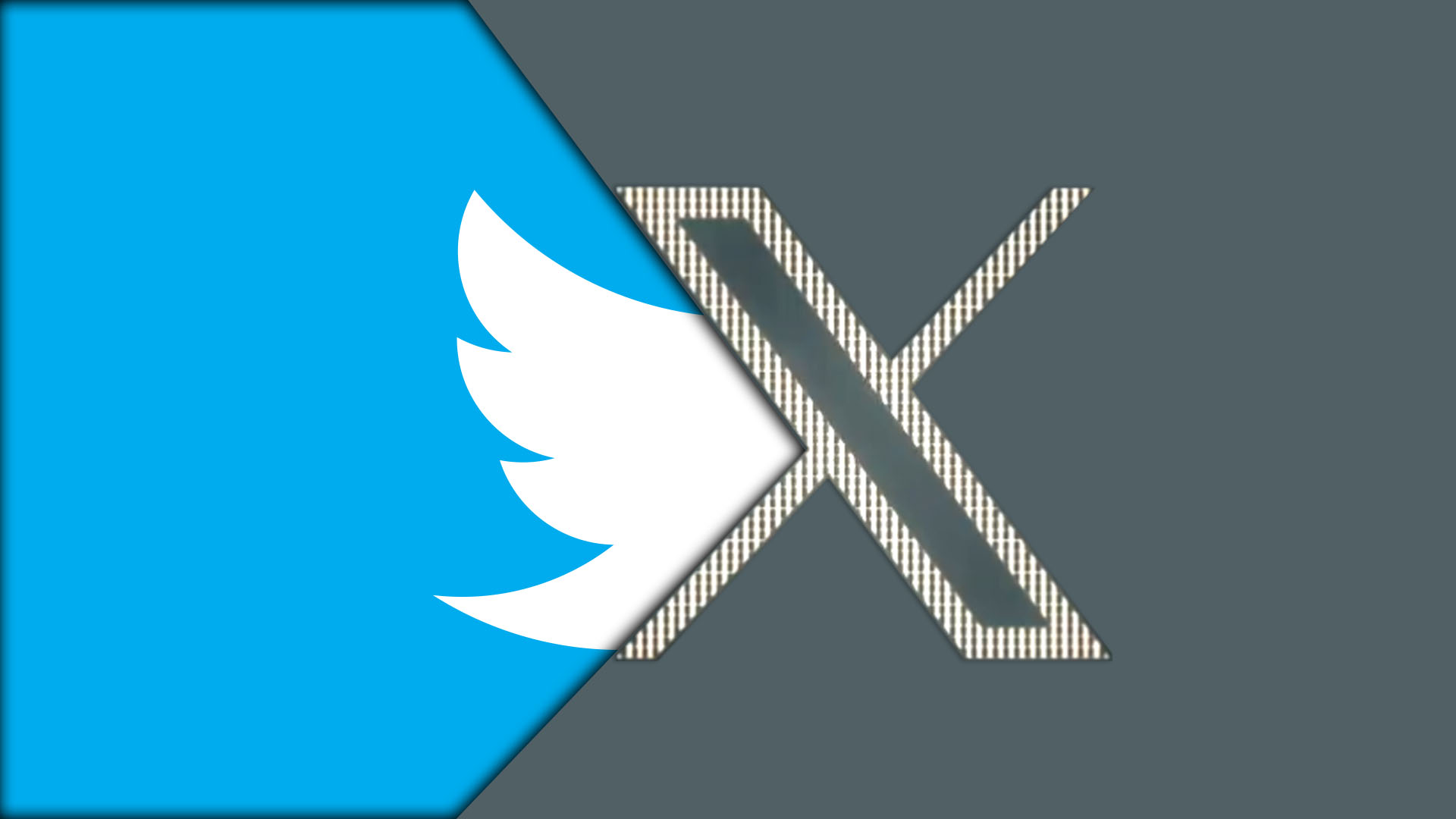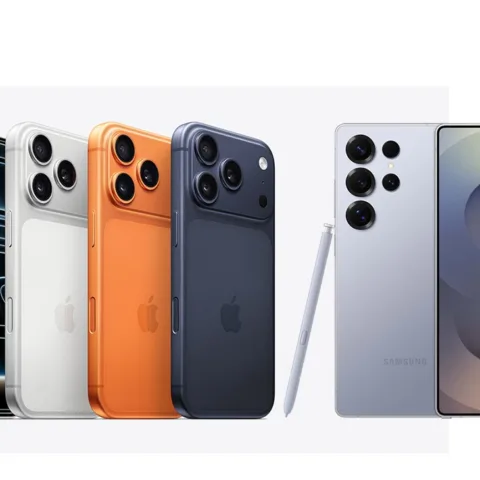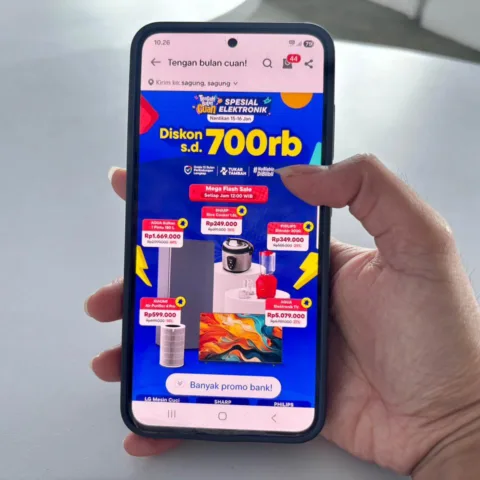 Bloomberg Businessweek profiles Twitter in its latest issue and goes deep into its journey to find the right business model and revenue generator that do not repel its highly sensitive members. Following a turmoil in its first four years, Twitter found stability in 2011 and is set to soar in 2012 with its newly minted advertising business through promoted accounts, tweets, and trends. Businesses are also invited to create enhanced Twitter pages for a fee.
Bloomberg Businessweek profiles Twitter in its latest issue and goes deep into its journey to find the right business model and revenue generator that do not repel its highly sensitive members. Following a turmoil in its first four years, Twitter found stability in 2011 and is set to soar in 2012 with its newly minted advertising business through promoted accounts, tweets, and trends. Businesses are also invited to create enhanced Twitter pages for a fee.
Twitter’s advertising is centered around an interest graph. It strives to find out what kind of person you are based on who you follow, what you share, and what links you click. CEO Dick Costolo thinks this is better than Facebook’s model which is very personal, and sometimes too personal. The interest graph is a little bit more broad as it discovers what kind of person you are instead of who you are.
This is where it can get tricky because what you share on Twitter may not be something you agree with and following particular Twitter accounts doesn’t necessarily reflect a positive sentiment towards the account. People however tend to follow brands for deals and promotions and that is one of the things in which the interest graph would come to play.
Twitter did not come into its business model lightly or easily. Along the way it rejected scores of potential models that were much easier such as banner ads, search ads, and selling follower data to corporates and brands.
Regarding Twitter’s business model, Costolo has this to say, “These accounts I follow paint a very compelling picture of the kind of person I am, even if it doesn’t paint a picture of exactly which uniquely identifiable individual in the world I am,” he says. “I think that allows us to deliver powerful value to advertisers, and powerful value to those who want to speak freely.”
Just this week Twitter rolled out a new version of Twitter for iPhone and Android which implements the new promoted tweets in stream. In other words, for users of these official apps, they will begin to see promoted tweets appearing in their timelines.
This in-stream advertising follows promoted trends in search and promoted accounts which had been implemented much earlier within those apps. Prior to this, Twitter rolled out in-stream ads in its mobile site. Users of Twitter on its own website, TweetDeck, and Twitter for Mac are not subjected to in-stream ads yet, but they will as soon as the company gets to work on it.
This model was tested on HootSuite users initially in late 2010 and throughout the year, Twitter worked to ensure third party apps do not implement the same model. This is exactly why Twitter wanted to control the experience on all platforms. It told third party developers last year to stay away from the primary interface so that it can deliver to the members its preferred method of accessing Twitter.
Whether Twitter will force third party apps, such as the popular Tweetbot for iOS and UberSocial for BlackBerry, to deliver its own advertising component, remains to be seen but it seems that such a drive may require a significant change to the service’s programming interface for all third party applications not to mention revenue sharing arrangements. If Twitter wasn’t so keen on getting its members to use its own apps and that the use of its own channels were not so high, maybe this scenario will be more likely to happen but for the moment, it looks like third party apps will be safe from Twitter’s own ads.

